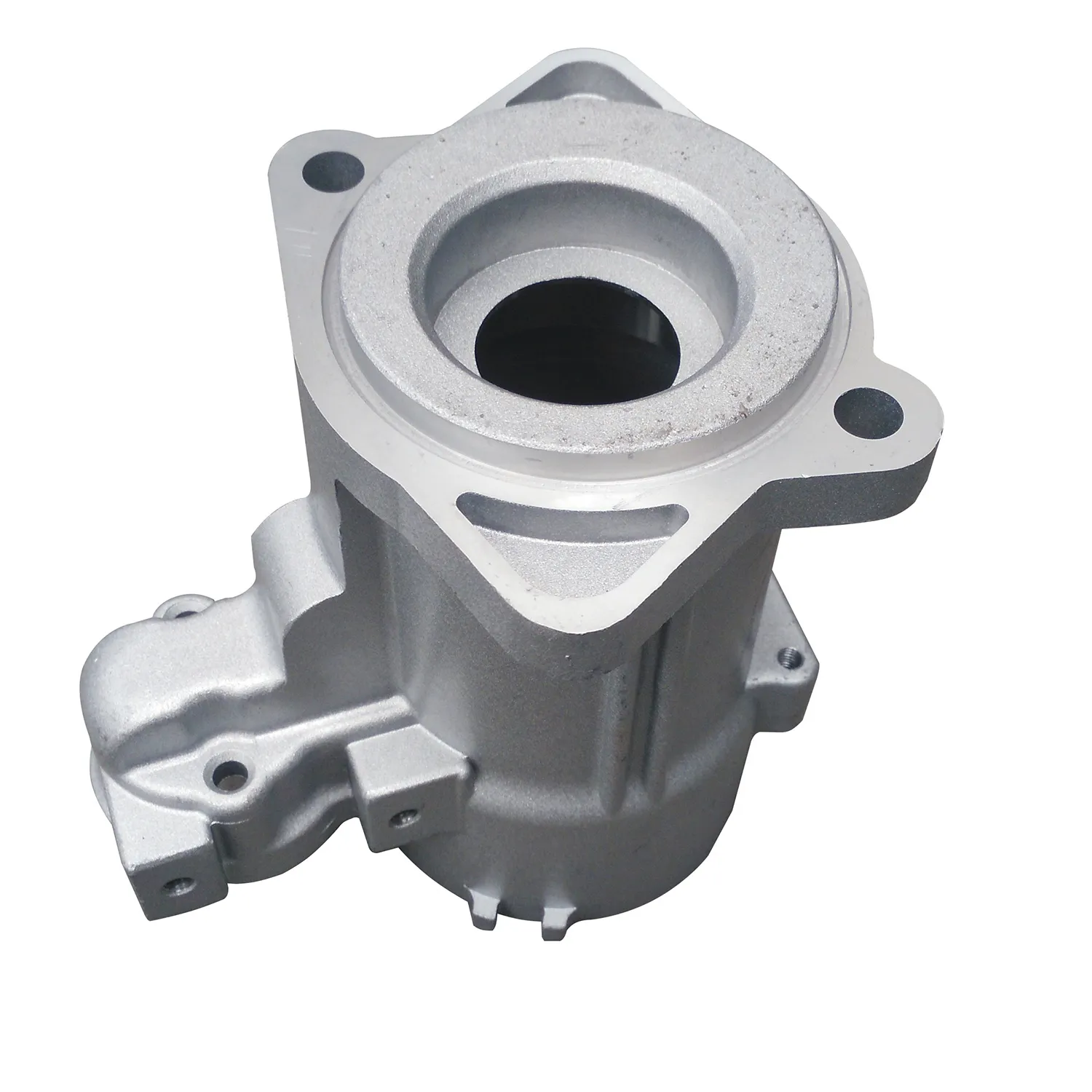Mobile:+86-311-808-126-83
Email:info@ydcastings.com
Innovative Electric Water Pumps Revolutionizing Automotive Cooling Systems for Enhanced Performance and Efficiency
The Rise of Automotive Electric Water Pumps A Crucial Component in Modern Vehicles
In recent years, the automotive industry has seen a significant transformation driven by technological advancements aimed at improving vehicle efficiency and performance. One of the notable innovations that has emerged in this revolution is the electric water pump. Unlike traditional mechanical water pumps, which are driven by the engine's belt system, electric water pumps operate independently and have become an essential component in modern vehicles.
Understanding the Function of Water Pumps
The primary function of a water pump in a vehicle is to circulate coolant through the engine and ensure that it operates within an optimal temperature range. A well-functioning water pump prevents overheating, thus safeguarding engine components from damage and contributing to the overall longevity of the engine. Traditionally, water pumps were mechanically driven, meaning their efficiency was closely tied to engine speed; as a result, they were less effective at low RPMs or during idle, leading to potential cooling issues.
Advantages of Electric Water Pumps
Electric water pumps offer several advantages over their mechanical counterparts. Firstly, they provide improved control over coolant flow. By operating independently of the engine’s RPM, electric pumps can be dynamically adjusted based on the vehicle's cooling requirements. This level of precision ensures that the engine receives the necessary cooling even during low-load conditions, leading to enhanced thermal management.
Secondly, electric water pumps contribute to better fuel efficiency. Since these pumps can operate only when needed, they reduce parasitic drag on the engine, allowing for improved fuel economy. In a world increasingly focused on reducing emissions and enhancing sustainability, every little enhancement makes a significant difference. Electric water pumps also support the development of hybrid and electric vehicles which rely on advanced thermal management systems.
automotive electric water pump

Moreover, many modern electric water pumps come equipped with integrated features such as variable speed control and diagnostic capabilities. These features not only enhance performance but also provide real-time data to the vehicle's onboard computer, allowing for proactive maintenance and the detection of potential issues before they escalate into significant problems.
Advancements in Technology
The latest advancements in electronic control units and sensor technologies have enabled electric water pumps to evolve further. Advanced algorithms allow these pumps to adjust their operation based on a variety of parameters, including engine load, coolant temperature, and air conditioning demand. This level of integration not only optimizes engine performance but also enhances passenger comfort by maintaining an efficient climate control system.
As the automotive sector continues to embrace electrification, the role of electric water pumps is likely to expand further. Manufacturers are continuously researching and developing new materials and designs to improve the efficiency and reliability of these pumps. Innovations such as magnetic drive motors and ceramic bearings promise to enhance performance while reducing wear and tear.
Conclusion
The shift towards electric water pumps represents a broader trend towards increased efficiency, performance, and sustainability in the automotive industry. As vehicles become more sophisticated, adopting newer technologies to meet the demands of consumers and regulations, electric water pumps will undoubtedly play an essential role in the future of automotive design. As we continue to push towards greener technologies and improved engine performance, electric water pumps stand out as a key component that helps drive these advancements forward. The paradigm shift from mechanical to electric systems not only signifies a change in how we think about engine cooling but also signals a commitment to innovation in an industry that is continuously evolving.
-
Understanding Metal Casting TechniquesNewsApr.02,2025
-
Understanding Exhaust Manifolds for Enhanced Engine PerformanceNewsApr.02,2025
-
The World of Metal FabricationNewsApr.02,2025
-
Key Components for Pump and Turbo EfficiencyNewsApr.02,2025
-
Essential Tools for Automotive Maintenance and RepairNewsApr.02,2025
-
Durable Valve Components for Effective Water ManagementNewsApr.02,2025











